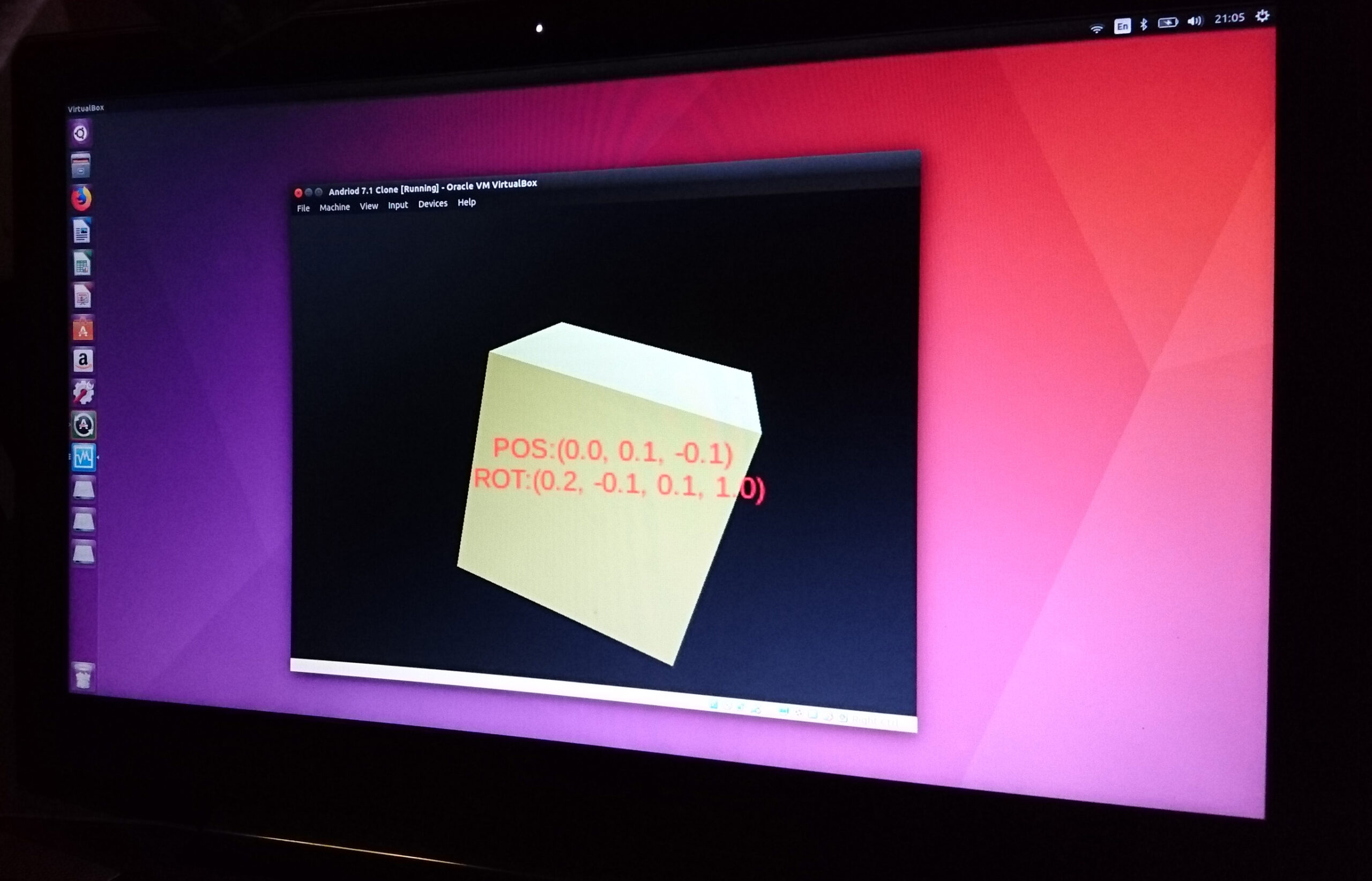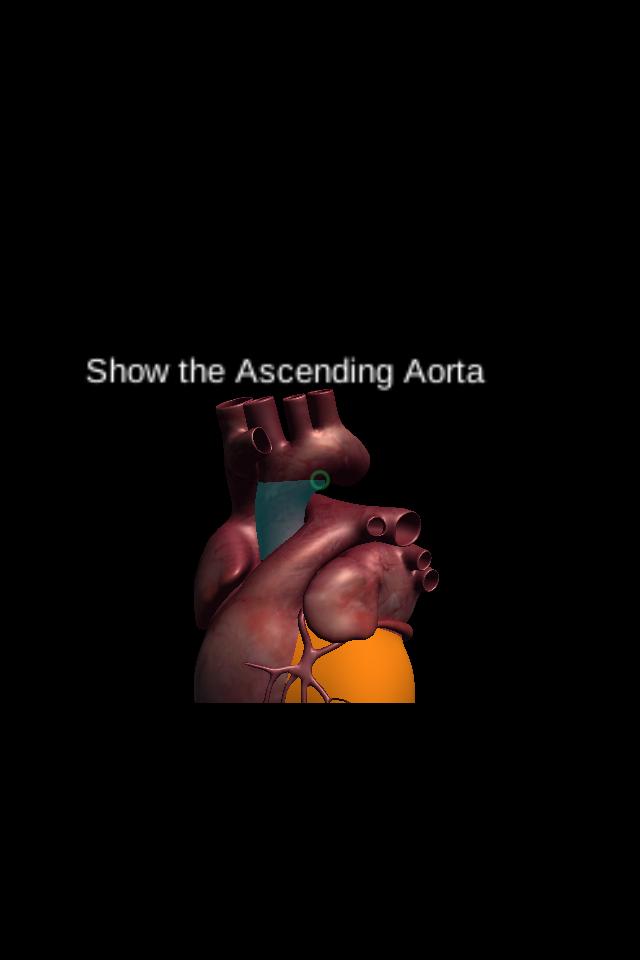Mixed Reality for e-Exams
Research development
Challenge
The challenge was to integrate the Mixed Reality HeartMR application into a secure e-exam environment with restricted network access. This required adapting the app for Android devices on Ubuntu Linux, ensuring seamless operation within the e-exam platform’s security constraints. The goal was to provide an interactive and engaging examination experience for students, enabling them to manipulate and study a 3D heart model and submit their results securely
Solution
We adapted the Mixed Reality HeartMR application for secure e-exam platforms. Running on Android devices within a virtual Ubuntu Linux environment, the app uses Vuforia for augmented reality and a 3D cube marker for heart model manipulation. The interface was modified for laptop mouse control, and results were submitted to a local IP address for secure evaluation. This solution provided a secure, interactive, and immersive examination experience in medical education.
Summary
This project, led by Dr. Mathew Hillier, Dr. James Birt, and Dr. Michael Cowling, represents a significant advancement in applying mixed reality technologies to secure e-exam platforms.
Challenges: The primary challenge was integrating the HeartMR application into a secure e-exam system with restricted network access. The task involved adapting the application for Android devices to function within a virtual Ubuntu Linux environment, ensuring compatibility and security for e-examinations.
Technical Adaptations:
- Secure E-Exam Compatibility: The application was configured to run on Android devices within a virtualized Ubuntu Linux environment, meeting the security requirements of e-exams.
- Augmented Reality Integration: Utilizing Vuforia, the app allowed students to interact with a 3D heart model using a physical cube marker, enhancing the learning and examination experience.
- Interface and Result Submission Modifications: The interface was adapted for laptop mouse control, and the results submission process was altered to send data to a local IP address, complying with the secure e-exam protocols.
User Experience and Functionality: Students could manipulate the 3D heart model by rotating the cube marker, providing a more engaging and hands-on examination experience. Screen recording features were retained for review and analysis.
Impact and Future Directions: Mixed Reality HeartMR for e-Exams marks a significant step in blending advanced technology with educational assessment. It demonstrates the potential of AR and VR in secure examination environments, offering an interactive and immersive learning experience.
Future Applications: The success of this project opens opportunities for further integration of mixed reality technologies in various secure educational settings, potentially revolutionizing how examinations and assessments are conducted.
Demo
This project integrates augmented and virtual reality into secure e-examination platforms. Tailored for Android devices running on Ubuntu Linux, it utilizes a 3D heart model for interactive learning and testing.

